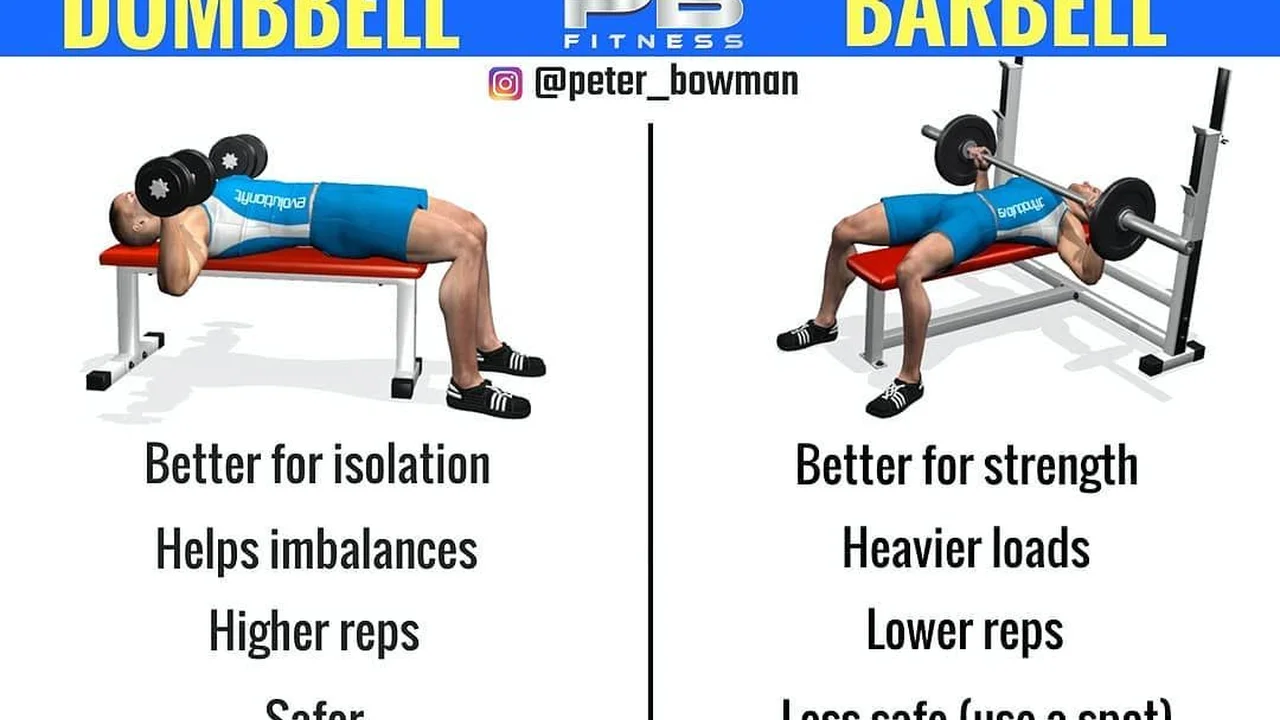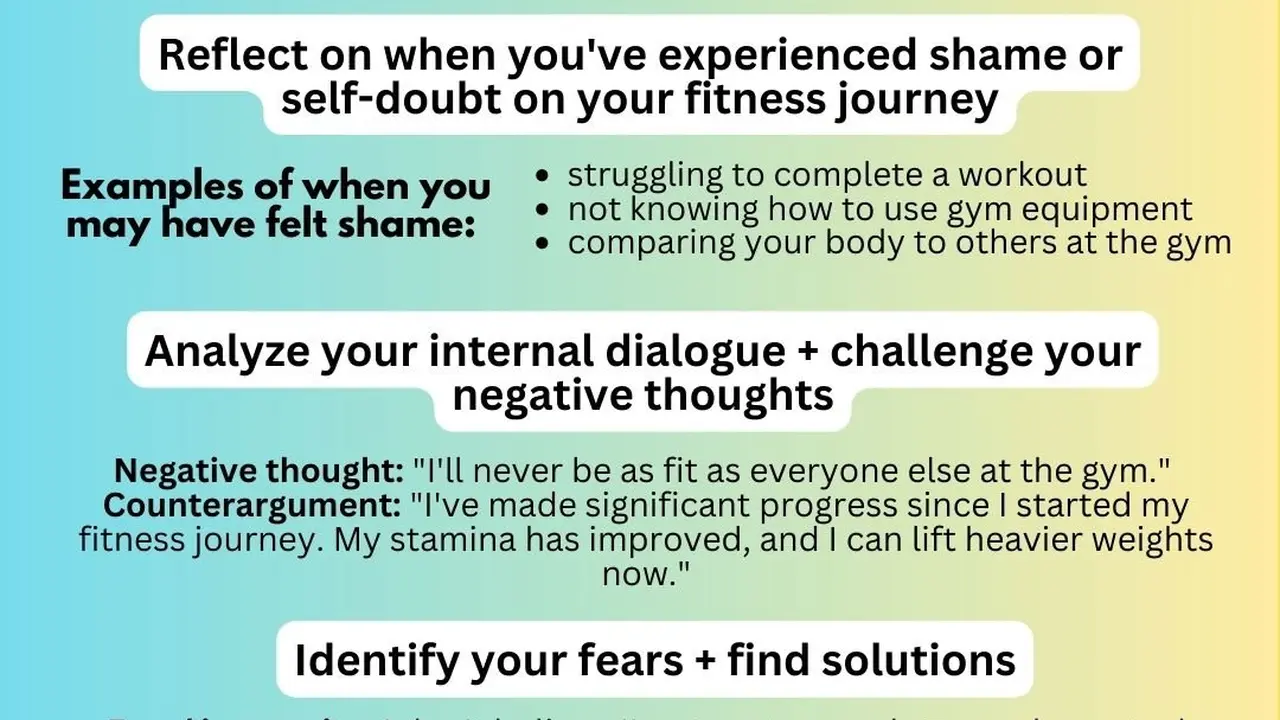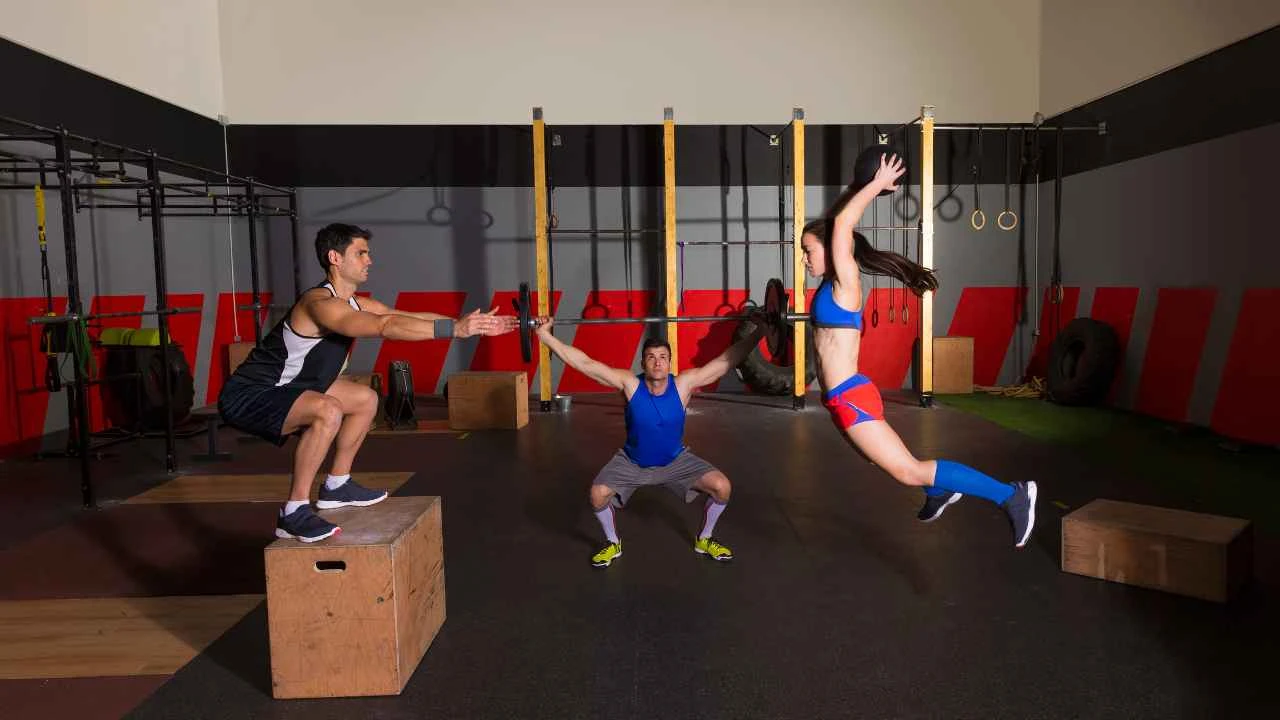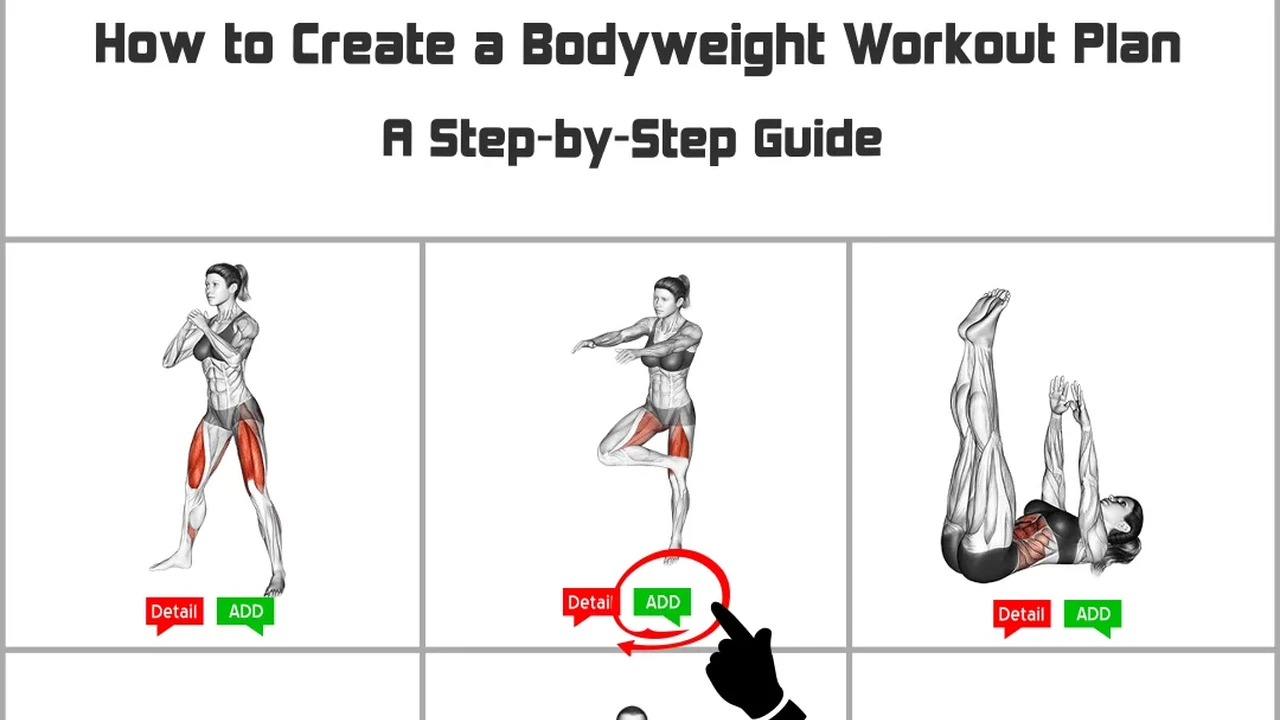Dealing with Setbacks: Bouncing Back Stronger
Dealing with setbacks in your fitness journey is inevitable. Everyone faces challenges, whether it's an injury, a plateau, or simply a lack of motivation. This article dives deep into strategies for overcoming these obstacles, building mental resilience, and getting back on track stronger than before. We'll explore practical tips, product recommendations, and comparisons to help you navigate your fitness setbacks and achieve your goals.

Understanding Fitness Setbacks Gym Motivation and Mental Resilience
Let's face it, the road to fitness is rarely a straight line. There will be bumps, detours, and even the occasional complete roadblock. Understanding that setbacks are a normal part of the process is the first step to overcoming them. These setbacks can range from minor inconveniences like a missed workout due to a busy schedule to more significant issues like injuries or plateaus in your progress. Identifying the root cause of your setback is crucial for developing an effective recovery plan. Are you pushing yourself too hard? Are you neglecting proper nutrition? Are you experiencing burnout? Answering these questions honestly will help you tailor your approach and prevent future setbacks.
Furthermore, your mindset plays a vital role in how you handle setbacks. A positive and resilient mindset can transform a potential failure into a learning opportunity. Instead of dwelling on what went wrong, focus on what you can learn from the experience and how you can improve moving forward. Cultivate a growth mindset, believing that your abilities and intelligence can be developed through dedication and hard work. This will empower you to embrace challenges and see setbacks as opportunities for growth.
Injury Recovery Gym Fitness and Rehabilitation Techniques
Injuries are a common setback in any fitness journey. Whether it's a pulled muscle, a sprained ankle, or a more serious injury, it's important to prioritize recovery and rehabilitation. Ignoring pain or trying to push through an injury can lead to further complications and prolong your recovery time. The first step is to seek professional medical advice. A doctor or physical therapist can properly diagnose your injury and recommend the appropriate treatment plan.
During your recovery, focus on activities that promote healing and maintain your overall fitness. This may involve light stretching, low-impact exercises, or specific rehabilitation exercises prescribed by your physical therapist. Be patient and consistent with your recovery, and don't try to rush back into your regular workout routine too soon. Gradually increase your activity level as your body heals, and listen to your body's signals. Pain is a sign that you're pushing yourself too hard, so back off and adjust your approach accordingly.
Consider incorporating supportive products into your recovery routine. For example, a foam roller can help release muscle tension and improve flexibility. Compression sleeves can provide support and reduce swelling. And a heating pad or ice pack can help manage pain and inflammation. Remember to consult with your doctor or physical therapist before using any new products or techniques.
Overcoming Plateaus Gym Progress and Workout Adjustments
Hitting a plateau is another common setback in fitness. This occurs when your body adapts to your current workout routine, and you stop seeing progress. To overcome a plateau, you need to challenge your body in new ways. This can involve changing your workout routine, increasing the intensity, or trying new exercises. Experiment with different training styles, such as HIIT (High-Intensity Interval Training), strength training, or circuit training. You can also adjust your sets, reps, and weight to challenge your muscles differently.
Nutrition also plays a crucial role in overcoming plateaus. Make sure you're consuming enough calories and protein to support your muscle growth and recovery. Consider tracking your macros (macronutrients) to ensure you're getting the right balance of protein, carbohydrates, and fats. You may also want to experiment with different meal timings or supplement strategies to optimize your performance.
Don't be afraid to seek guidance from a personal trainer or fitness coach. They can assess your current fitness level, identify areas for improvement, and develop a personalized workout plan to help you break through your plateau. They can also provide motivation and accountability to keep you on track.
Battling Motivation Loss Fitness Goals and Accountability Partners
Loss of motivation is a setback that everyone experiences at some point. When you're feeling unmotivated, it's important to identify the underlying cause. Are you feeling burned out? Are you bored with your current routine? Are you lacking a clear sense of purpose? Once you understand the root cause, you can develop strategies to reignite your motivation.
One effective strategy is to set realistic and achievable goals. Break down your larger goals into smaller, more manageable steps. This will make the process feel less overwhelming and provide you with a sense of accomplishment as you progress. You can also try setting performance-based goals instead of outcome-based goals. For example, instead of focusing on losing a certain amount of weight, focus on improving your strength or endurance.
Another effective strategy is to find an accountability partner. This could be a friend, family member, or even an online community. Share your goals with your accountability partner and check in with them regularly to stay on track. They can provide encouragement, support, and motivation when you're feeling discouraged. You can also try joining a fitness class or finding a workout buddy to make your workouts more enjoyable and social.
Product Recommendations for Fitness Setback Recovery Gym Gear and Supplements
Several products can aid in recovering from fitness setbacks and maintaining motivation. Here's a breakdown of a few, including usage scenarios, comparisons, and price points:
Foam Roller: Muscle Recovery and Flexibility
Usage Scenario: After a tough workout, or during injury recovery, use a foam roller to massage sore muscles, release tension, and improve flexibility. Focus on major muscle groups like legs, back, and shoulders.
Product Comparison:
- Standard Foam Roller (e.g., AmazonBasics High-Density Round Foam Roller): Basic, affordable, good for beginners. Price: $15-$20.
- Textured Foam Roller (e.g., TriggerPoint GRID Foam Roller): Offers varying levels of intensity for deeper tissue massage. Price: $30-$40.
- Vibrating Foam Roller (e.g., Hyperice Vyper 2.0): Combines vibration with foam rolling for enhanced muscle relaxation. Price: $150-$200.
Compression Sleeves: Support and Circulation
Usage Scenario: Wear compression sleeves during workouts to improve circulation, reduce muscle fatigue, and provide support to joints. Ideal for running, weightlifting, or any high-impact activity. Also helpful during injury recovery to reduce swelling.
Product Comparison:
- Basic Compression Sleeves (e.g., Run Forever Sports Compression Socks): Provide basic compression and support. Price: $10-$15.
- Medical-Grade Compression Sleeves (e.g., CEP Compression Run Socks 3.0): Offer higher levels of compression for improved performance and recovery. Price: $40-$50.
- Graduated Compression Sleeves (e.g., Pro Compression Marathon Socks): Provide varying levels of compression, tighter at the ankle and looser towards the calf, to promote blood flow. Price: $50-$60.
Protein Powder: Muscle Repair and Growth
Usage Scenario: Consume protein powder after workouts to replenish protein stores and support muscle repair and growth. Can also be used as a meal replacement or snack to increase protein intake.
Product Comparison:
- Whey Protein (e.g., Optimum Nutrition Gold Standard 100% Whey): Fast-digesting protein, ideal for post-workout recovery. Price: $30-$60 (depending on size).
- Casein Protein (e.g., Optimum Nutrition Gold Standard 100% Casein): Slow-digesting protein, ideal for consuming before bed to promote muscle recovery overnight. Price: $40-$70 (depending on size).
- Plant-Based Protein (e.g., Garden of Life Sport Organic Plant-Based Protein): Suitable for vegetarians and vegans, provides a blend of plant-based proteins. Price: $35-$65 (depending on size).
Resistance Bands: Strength Training and Rehabilitation
Usage Scenario: Use resistance bands for strength training, rehabilitation exercises, and warm-ups. Can be used at home, in the gym, or while traveling. Excellent for targeting specific muscle groups and improving flexibility.
Product Comparison:
- Loop Resistance Bands (e.g., Fit Simplify Resistance Loop Exercise Bands): Versatile and affordable, ideal for targeting legs and glutes. Price: $10-$20.
- Tube Resistance Bands (e.g., Bodylastics Stackable Resistance Bands Set): Offer varying levels of resistance and can be used for a wider range of exercises. Price: $30-$50.
- Therapy Resistance Bands (e.g., TheraBand Resistance Bands): Lightweight and portable, ideal for rehabilitation exercises and improving flexibility. Price: $15-$25.
Smartwatch/Fitness Tracker: Monitoring Progress and Staying Motivated
Usage Scenario: Wear a smartwatch or fitness tracker to monitor your activity levels, track your workouts, and stay motivated. Can track steps, distance, calories burned, heart rate, and sleep patterns.
Product Comparison:
- Basic Fitness Tracker (e.g., Fitbit Inspire 2): Tracks basic activity metrics and provides notifications. Price: $80-$100.
- Mid-Range Smartwatch (e.g., Apple Watch SE): Offers a wider range of features, including GPS, heart rate monitoring, and app integration. Price: $250-$300.
- Advanced Smartwatch (e.g., Garmin Fenix 7): Offers advanced features for athletes, including detailed workout tracking, navigation, and performance metrics. Price: $700-$800.
Building Mental Toughness for Long-Term Gym Fitness Success
Physical fitness is only half the battle; mental toughness is equally important for long-term success. Developing mental resilience will help you navigate setbacks, stay motivated, and achieve your fitness goals. One key strategy is to practice self-compassion. Treat yourself with the same kindness and understanding that you would offer to a friend. Acknowledge your struggles, forgive yourself for your mistakes, and focus on your strengths.
Another important strategy is to cultivate a positive self-talk. Pay attention to the thoughts that run through your head and challenge any negative or self-defeating beliefs. Replace negative thoughts with positive and empowering affirmations. For example, instead of thinking "I can't do this," try thinking "I am capable of achieving my goals."
Finally, surround yourself with a supportive environment. Connect with people who share your values and goals, and who will encourage and motivate you along the way. Avoid negative influences and people who drain your energy. By building mental toughness, you'll be better equipped to handle setbacks and achieve your full potential.
:max_bytes(150000):strip_icc()/277019-baked-pork-chops-with-cream-of-mushroom-soup-DDMFS-beauty-4x3-BG-7505-5762b731cf30447d9cbbbbbf387beafa.jpg)






